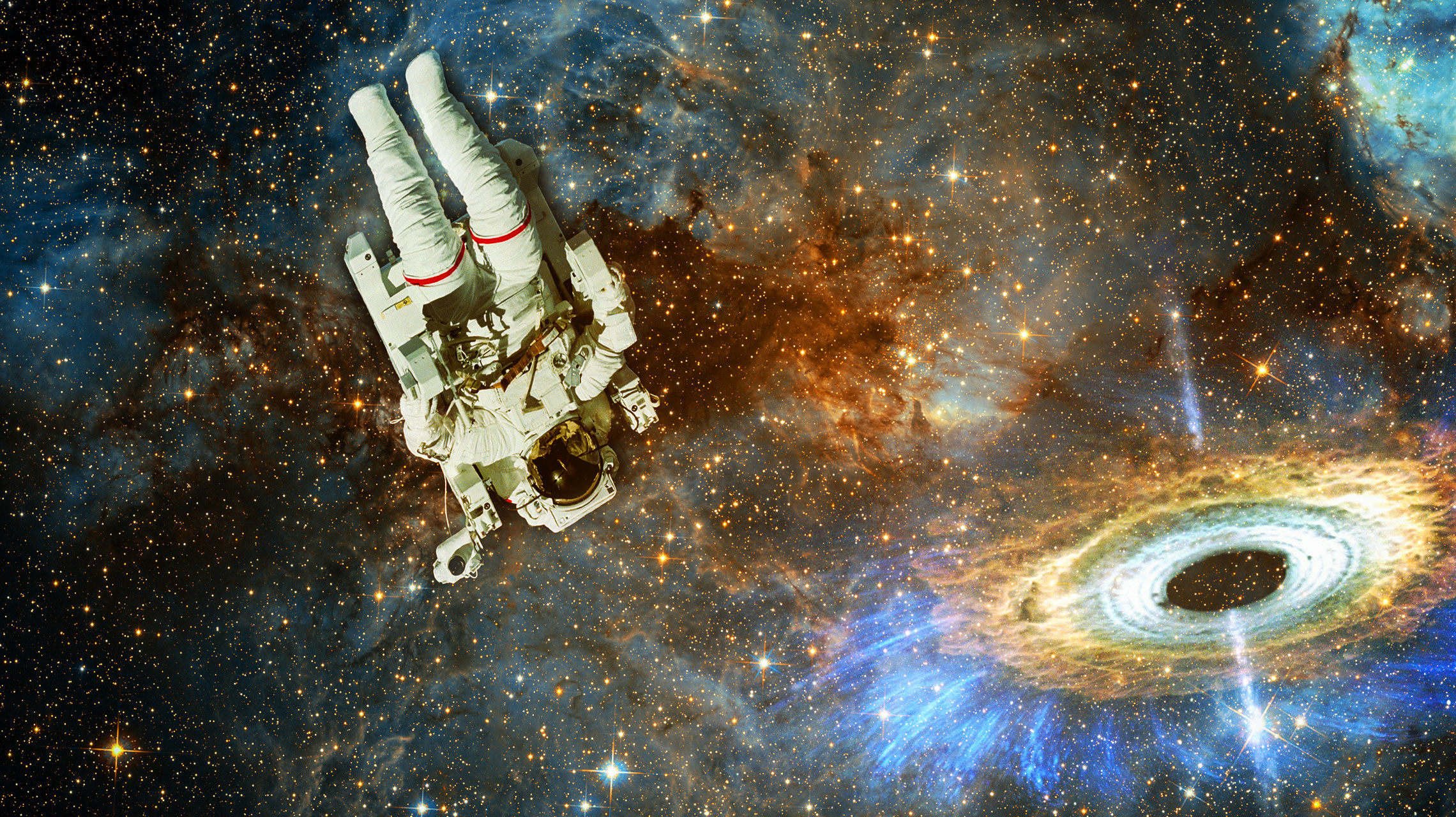Create a free profile to get unlimited access to exclusive videos, sweepstakes, and more!
Animated transit of a Martian moon

Back in September I posted an image taken from the Curiosity rover showing Phobos, one of the moons of Mars, crossing the face of the Sun.
 That was pretty cool. But this is cooler: video of Phobos transiting the face of the Sun seen from the rover Opportunity on September 20, 2012!
That was pretty cool. But this is cooler: video of Phobos transiting the face of the Sun seen from the rover Opportunity on September 20, 2012!
Lest it be overshadowed (HAHAHAHA! Get it?) by Curiosity, remember Opportunity is still going strong after more than eight years on the surface of the Red Planet. These shots from the elder rover are really awesome; Phobos is not even close to being a sphere and you can see its potatoey lumpiness in the animation.
Phobos is about 27 km (17 miles) across its long axis, which is small for a moon. It looks big because it orbits Mars so close in; it's only 6000 km above the surface. It was actually a bit farther away from Opportunity when these images were taken, making it look smaller than it could be.
In fact, given its size and distance, Phobos has a maximum size in the sky of about a quarter degree, or half the size of our full Moon. As seen from Earth, the Sun and the Moon are about the same size in the sky. But Mars is farther from the Sun, so the Sun looks smaller, about 1/3 of a degree. So even at best Phobos can't completely block the Sun.
But... Phobos isn't in a stable orbit. Tides from Mars are dropping it down closer to the planet, making it appear bigger. In a few million years it'll drop low enough to create total eclipses as seen from the surface of Mars. They won't last long, since the moon is zipping along pretty rapidly in its orbit. Still though, I have to admit to a bit of delight: creationists like to claim the Earth is special, and we're the only planet that has the right conditions for total solar eclipses. That's not even really true right now, and it certainly won't be once Phobos dips down a bit more.
Of course, once Phobos gets too close to Mars a few million years later it'll crash into the surface, making the sweatiest apocalyptic scenarios dreamed up by humans look like a warm summer's breeze by comparison. Nature! It has a way of making our fevered imaginations look like pretty small potatoes.
Image credit: NASA/JPL-Caltech/Cornell Univ./Arizona State Univ. Tip o' the rocket crane to Mars Curiosity on Twitter.
Related Posts:
- A solar eclipse⦠FROM MARS!
- Phobos passes Jupiter⦠as seen from Mars!
- Phobos is, like, totally groovy
- More *incredible* Phobos imagery


























